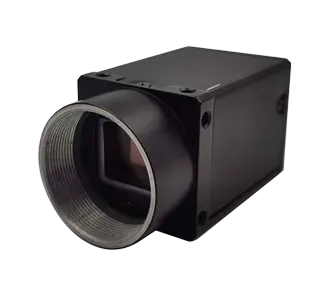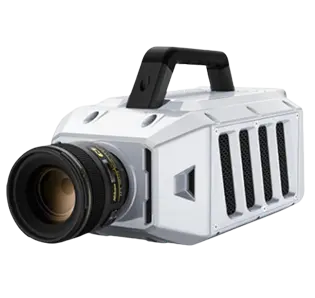

High resolution
High-speed scanning
No stitching problems
Versatility
High resolution
Easy to integrate
LEITH Cameras are at the forefront of innovation, transforming multiple sectors with their cutting-edge technology. Our Spectral Cameras provide unparalleled material analysis, enabling precise identification and classification across industries like agriculture, pharmaceuticals, and environmental monitoring. Meanwhile, our High-speed Cameras capture rapid motion with exceptional clarity, revolutionizing fields such as automotive testing, sports analytics, and industrial manufacturing. By delivering superior performance and accuracy, LEITH Cameras are setting new standards and driving advancements in diverse applications.
Choosing the right machine vision camera is crucial for optimizing your industrial processes. Here are key factors to consider:
Resolution: Higher-resolution cameras capture more detail, essential for applications requiring precise measurements or defect detection.
Frame Rate: Depending on the speed of your production line, select a camera with an appropriate frame rate to ensure accurate image capture.
Sensor Type: CMOS sensors are generally faster and more power-efficient, while CCD sensors offer superior image quality.
Interface: Ensure compatibility with your existing systems by choosing the right interface, such as USB, GigE, or Camera Link.
Lighting Conditions: Consider the lighting environment of your application. Some cameras perform better in low-light conditions, while others are optimized for bright settings.
Lens Compatibility: Ensure the camera is compatible with the lenses you need for your specific application, whether for wide-angle views or close-up inspections.
Software Support: Look for cameras that come with robust software support for easy integration and customization.
By carefully evaluating these factors, you can select a machine vision camera that meets your specific needs and enhances your operational efficiency.
Machine vision systems use cameras and image processing software to perform automated inspections and analyses. Here’s a simplified breakdown of how it works:
Image Acquisition: A camera captures images or video of the object or scene. This can be done using various types of cameras, such as high-speed or spectral cameras, depending on the application.
Lighting: Proper lighting is crucial for capturing clear images. Different lighting techniques, such as backlighting or structured light, are used to highlight specific features of the object.
Image Processing: The captured images are processed using specialized software. This involves filtering, enhancing, and analyzing the images to extract relevant information.
Feature Extraction: Key features of the object, such as edges, shapes, or colors, are identified and extracted from the processed images.
Decision Making: Based on the extracted features, the system makes decisions. For example, it might identify defects, measure dimensions, or read barcodes.
Output: The results are then outputted to a control system, which can take actions such as sorting defective items, guiding robotic arms, or triggering alarms.
Machine vision systems are widely used in various industries for quality control, automation, and data collection, significantly improving efficiency and accuracy.
